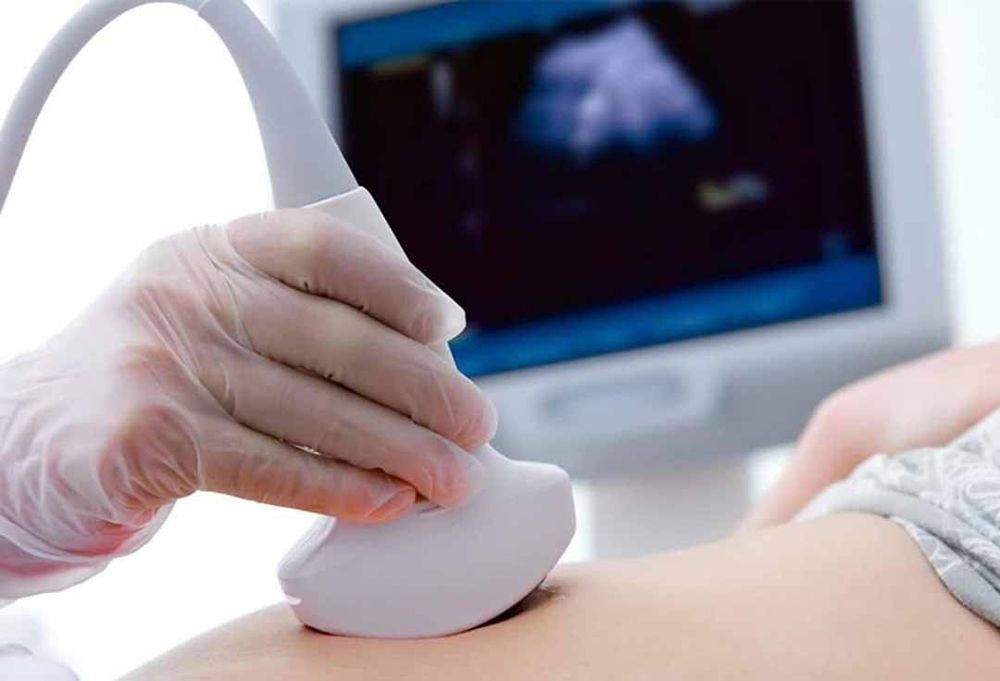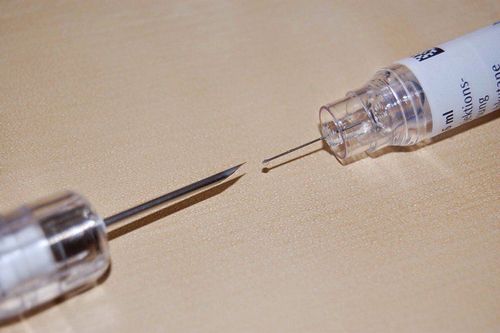This is an automatically translated article.
Pelvic varices syndrome is a common disease in women. Because it is difficult to diagnose, the disease is easily missed, easily causing many impacts on the patient's health and quality of life.
1. What is pelvic varicose veins?
Pelvic varicose veins syndrome, also known as pelvic congestion syndrome (or pelvic congestion) is a common disease in women. The disease is easy to miss partly due to the patient's shyness when having to share with the doctor about pain in the private area. On the other hand, this is a specialized disease of vascular surgery - a specialty that has not developed evenly in the country.
Research shows that about 15% of patients between the ages of 18-50 have pelvic pain. This condition is common in women of childbearing age. Of these, about 30% have chronic pelvic pain due to pelvic varicose veins.
2. Causes of pelvic varicose veins
The pelvis is the lowest part of the abdomen, a cavity surrounded by skeletal muscles. In the pelvic cavity contains the bladder, ovaries, uterus, the end of the large intestine, ... This place has many branches of veins that connect to each other. Blood will follow the arteries to the pelvis, and then be returned to the heart through the veins here.
If the venous system has problems with blood circulation, blood will pool, causing the veins to dilate, increasing pressure in the veins and causing symptoms of pelvic varicose syndrome.
Causes of pelvic varicose veins include:
Pregnancy many times or giving birth to many children: The hormonal changes in the mother's body during pregnancy will cause the veins to dilate to meet the needs. blood transfer to the fetus. In addition, when the fetus grows in the last months, it can also press on the pelvic veins, blocking blood flow to the heart and dilating the veins here. Most veins will shrink and return to their normal size after childbirth. However, if the vein size is not restored due to damaged valves during pregnancy, the mother may have symptoms of pelvic congestion syndrome; Obstruction or narrowing of the veins: The large veins in the lower abdomen may be blocked or narrowed due to blood clots, compression of the iliac veins, etc. At that time, blood will have to follow the accessory veins to the heart. Over time, these veins dilate, blood stasis, causing pelvic varicose syndrome.

Mang thai nhiều lần hoặc sinh nhiều con có thể gây ra giãn tĩnh mạch vùng chậu
3. Symptoms of pelvic varicose veins
Specific manifestations of the syndrome include:
Chronic lower abdominal pain lasting for more than 6 months, the feeling of heaviness in the lower abdomen will gradually increase during the day, the most painful at the end of the day. Pelvic pain often occurs after pregnancy - the pain tends to get worse with each pregnancy; Pain during and after intercourse, heaviness in the legs and leg fatigue after sex; Symptoms related to irritation of other organs: Pain during menstruation; stimulate the urinary tract causing difficulty urinating , urgent urination , frequent urination ; colon irritation causes constipation; pain in the legs, waist,... These symptoms increase when standing or sitting for a long time, decreasing when the patient is lying down; Dilated perineal veins were observed mainly in the vulva; varicose veins in atypical locations such as the buttocks, back and sides of the thighs, or with recurrent varicose veins early after surgery; Some women sometimes have clear or watery vaginal discharge; Other symptoms: Fatigue, headache, bloating, mood swings, etc. However, chronic pelvic pain can also be a sign of other gynecological conditions such as uterine fibroids. , endometriosis, pelvic cancer, pudendal nerve compression syndrome, etc. Therefore, patients with pelvic pain should see a doctor to rule out these diseases before thinking of varicose veins. pelvic vessels.
4. Diagnosis of pelvic varicose veins
Based on clinical symptoms, the doctor will make a preliminary diagnosis of the patient's condition. To confirm the diagnosis of pelvic varicose veins, the doctor will assign the patient to perform additional techniques:
Abdominal ultrasound or ultrasound with a vaginal transducer to detect varicose veins enlargement and hemodynamic disturbances of the blood flow in these veins. For the most accurate ultrasound results, patients should adhere to a low-fiber diet 3 days prior and should undergo fasting ultrasound; Digital angiography erasing the background: After local anesthesia, the doctor inserts a small catheter into the patient's femoral vein and then threaded it into the pelvic vein for imaging. The imaging allows the doctor to diagnose the extent of the disease, the cause of the disease and prescribe the appropriate treatment; Laparoscopy is indicated if the patient's pelvic pain is bothersome and the cause is unknown; Additional tests: CT scan, MRI, venous magnetic resonance,...

Siêu âm bụng chậu để chẩn đoán giãn tĩnh mạch vùng chậu
5. Treatment of pelvic varicose syndrome
When having pelvic varicose veins, women often have pain and discomfort, so they avoid being close to their husbands. Family happiness is difficult to maintain along with the pressure of life, the state of being tormented by pain, ... will make you depressed. So is there a way to treat this syndrome?
Doctors usually recommend the following treatment:
Use of non-steroidal anti-inflammatory drugs (NSAIDs) may be prescribed to the patient. However, if they don't work or the patient's pain is still very severe, the doctor will choose another treatment method; Use of female hormones or intravenous drugs to treat pelvic congestion syndrome. However, the results are not too high and the treatment is not really thorough. Often the symptoms of this syndrome will continue to appear after the patient stops taking the drug; Ovarian vein embolization via endovascular intervention (done under local anesthesia). After imaging confirms the diagnosis, the retrograde veins are embolized using a number of different measures. The purpose of this is to stop the backflow of blood in the varicose veins - the cause of pelvic pain; If pelvic congestion syndrome is associated with major venous obstruction, it should be treated with venous revascularization stenting. At that time, blood will flow through the newly recanalized main veins to return to the heart, and at the same time reduce blood flow in the branch veins, reduce blood stagnation in the pelvic veins, thereby improving blood circulation. improve symptoms of the disease. According to many studies, endovascular embolization can improve up to 80-100% of symptoms of pelvic varicose syndrome.
As recommended by doctors, if you have pain in the lower abdomen for more than 6 months, pain after sex, leg fatigue after married life with varicose veins in the areas around the buttocks, genitals, ... then there is a high chance that you have pelvic varicose veins. At this time, people with the above signs should immediately go to the doctor to confirm the diagnosis and have appropriate treatment.
Currently, Vinmec International General Hospital is one of the leading prestigious hospitals in the country, trusted by a large number of patients for medical examination and treatment. Not only the physical system, modern equipment: 6 ultrasound rooms, 4 DR X-ray rooms (1 full-axis machine, 1 light machine, 1 synthesizer and 1 mammography machine) , 2 DR mobile x-ray machines, 2 multi-row CT scanner rooms (1 128 arrays and 1 16 arrays), 2 Magnetic Resonance imaging rooms (1 3 Tesla and 1 1.5 Tesla), 1 room for 2 level interventional angiography and 1 room for bone mineral density.... Vinmec is also the place to gather a team of experienced doctors and nurses who will greatly assist in the diagnosis and detection. early signs of abnormality of the patient's body. In particular, with a space designed according to 5-star hotel standards, Vinmec ensures to bring patients the most comfort, friendliness and peace of mind.
Please dial HOTLINE for more information or register for an appointment HERE. Download MyVinmec app to make appointments faster and to manage your bookings easily.













